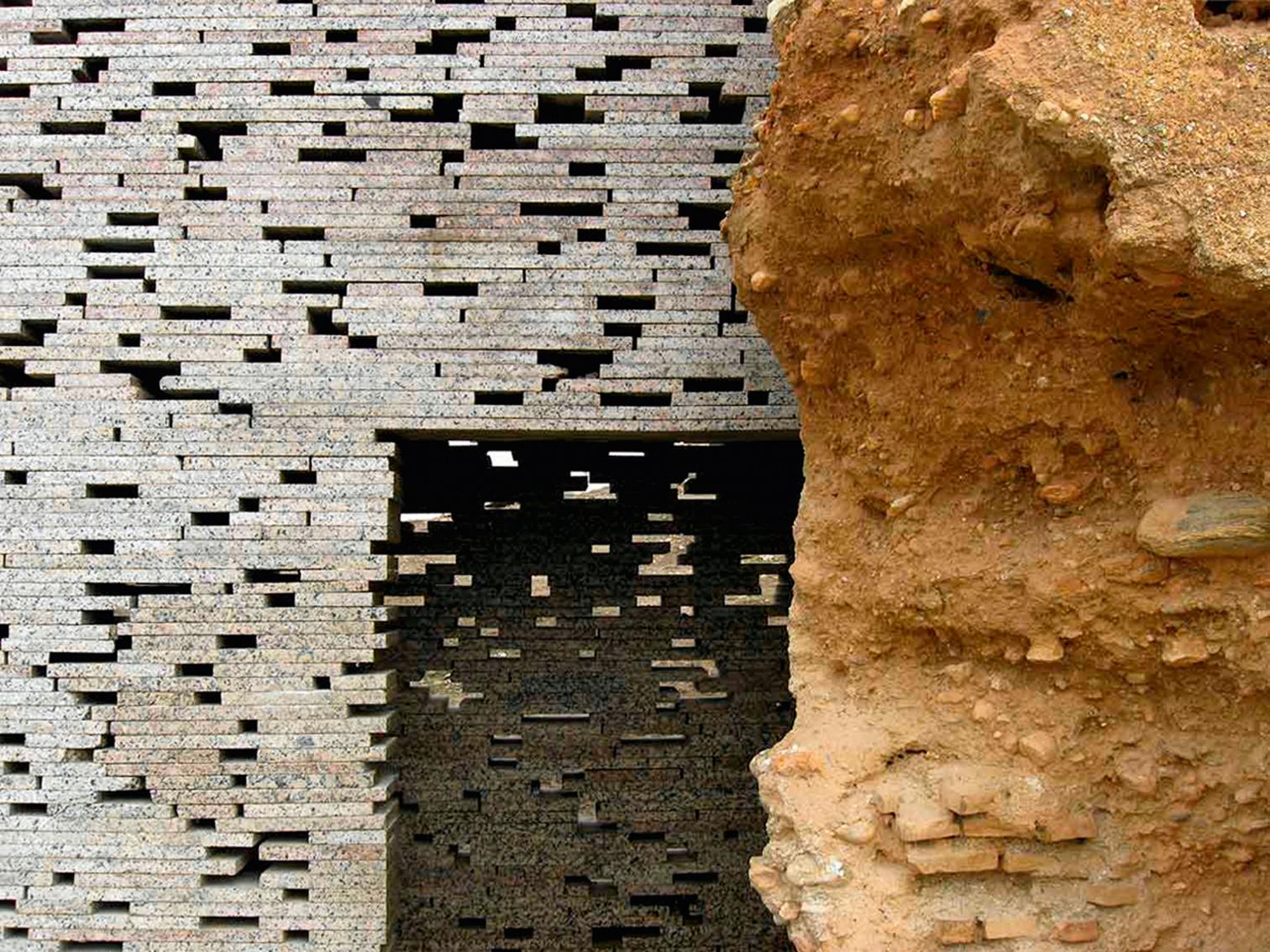Heritage and Project
Working with Minor Heritage in Spain

Time continuously stores information in matter, making it a document. That by reading matter we can understand time is something well familiar to archaeologists, voracious exegetes of the remains of past civilizations, interpreters of those entropic codes that together have been called ‘material culture.’
Material culture is read in the layers of archaeological sites, but also in constructions of the past which, sometimes in the form of ruins and at other times still standing, survive in the hearts of our cities and towns, assaulted by the physical entropy that erodes matter, but also by another entropy, of a social nature, that produces disorder and ugliness and is the result of uncontrolled development. Modernity tried to preserve old buildings by making them ‘monuments,’ that is, by elevating their historical content to the status of cult objects. This is why it has been so difficult to act naturally with our past, which, in the process of protecting itself, has moved farther and farther away from us. In this way, the aura that we have conferred on ruins is a magnetic field of sorts that repels us and prevents us from reading in the ‘monument’ matter the messages that could still have meaning for us.
In spite of everything, there are situations when the ruin or the ‘heritaged’ building, far from remaining a mere entropic cult item, becomes an opportunity to enrich the modern project, imposing its unique presence but simutaneoulsy lending itself to mechanisms that we are bound to find increasingly familiar; superposition, surgery, recycling, dismantling, the collage, change of use, patina, demolition. All of these are present in the twelve works presented in the following pages, united in the challenge of making remains of the past – from churches and monasteries to palaces and fortresses but also simple office spaces in the historical quarters of towns – a living reality which, while containing, maintaining, and even exalting the aura of the past, requires strategies that point toward the future. Time builds.





